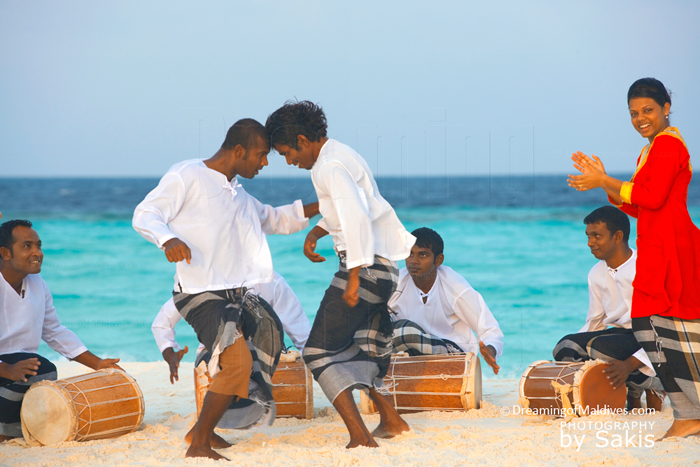

Located just a few hundred miles south-west of India and Sri Lanka, the Maldives is formed by a double chain of 26 geographical atolls spread over about 90,000 sqm.
Only about 4% of the country is dry land consisting of 1190 palm-fringed coral islands with the highest point at just 2.3 meters. It is also the smallest Asian country in both population and size.
Vacations to the Maldives let you enjoy a number of great water based experiences from staying in a villa built completely over water, to dining and wining underwater. There are amazing snorkeling and diving opportunities with big fish encounters that Maldives is famous for - underwater visibility is generally very good throughout the year, and there are over a thousand species of fish waiting to meet you! If you prefer to be over the water, there is a wide choice of water sports available from a smooth sunset sail on a catamaran to an exhilarating kite surfing session!
Travel to a destination that is exclusive yet affordable, a tiny speck in the ocean yet with a million things to do.


Whilst there is not much written about the ancient history of the Maldives, many archaeologists believe that the Maldives have been inhabited from around 2000 BC. Being located along the major marine routes of the Indian Ocean, the Maldives have influences from around the world, however, studies show that the language, culture and customs originated from the Indian subcontinent.
According to many, the early settlers of the Maldives practiced Buddhism until the country converted to Islam in 1153 AD. Except for a 15 year period in the 16th century under the Portuguese rule, the Maldives have been largely independent. In 1887, the Maldives entered into an agreement with the British to become a protectorate, which ended in 1965.
The Maldives was ruled by a series of kings, or sultans, following the conversion to Islam. A republican government was first established in 1953, which was overturned the next year with the country returning back to a sultanate. In 1968, following a referendum, a second republic was established, with then prime minister Ibrahim Nasir elected as the president of the new republic.
With the islands being scattered into different atolls, all fairly secluded, it is not surprising that the looks, dialects spoken and cultural orientation are markedly different from atoll to atoll. Being a seafaring nation, influences from the many countries bordering the Indian Ocean especially is present in the Maldives and its 26 atolls.


The Maldives is a perfect holiday destination with its year round tropical climate. Lying on the equator, severe storms rarely pass through the Maldives.
Day time temperature reaches on average 31 degrees Celsius whilst at night, it can go as low as 23 degrees Celsius. Even during the occasional rains, the temperature doesn't drop. The sea is warm at an average of 26 to 29 degrees Celsius.
Seasonally, the Maldives has two monsoons; the Northeast monsoon from December to April and the Southwest monsoon from May to November, often referred to as the "rainy" season - even if only occasional showers are experienced.
For up to date information about the weather, please visit: www.meteorology.gov.mv






































